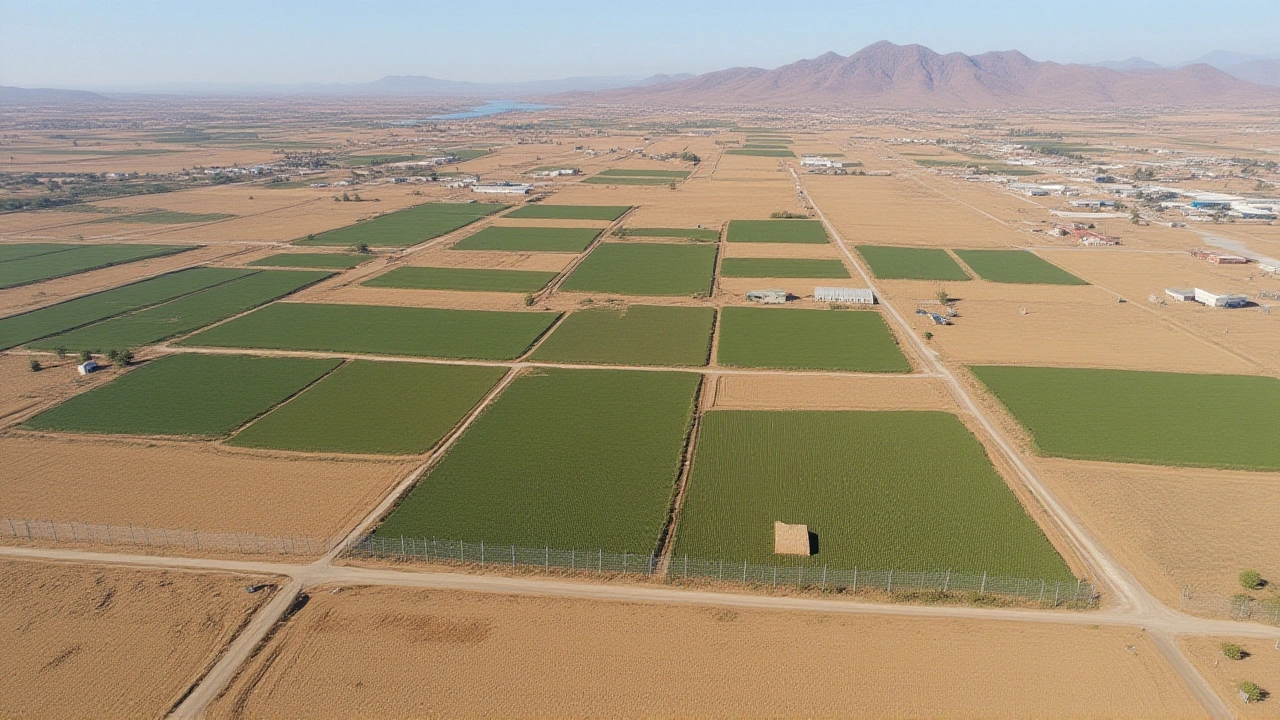Energy resilience: Why Kenya Power’s transformer push matters
Every time the lights flicker, you feel the impact – missed work, spoiled food, frustrated kids. In Africa, reliable power isn’t a luxury; it’s a backbone for growth. That’s why energy resilience is at the top of the agenda for utilities, governments, and everyday people.
Why transformers matter for a stable grid
Transformers are the quiet workhorses that shift voltage up for long-distance travel and back down for safe home use. When a transformer fails, whole neighborhoods can go dark. In Kenya, vandalism and age have taken a toll, leaving many areas vulnerable. Upgrading or replacing these units directly improves the grid’s ability to handle spikes in demand without breaking down.
What Kenya Power is doing now
Kenya Power announced a plan to procure 2,555 local transformers. The goal is two‑fold: keep new connections flowing as the country adds more homes and businesses, and replace the units that have been vandalised or worn out. The rollout aligns with a $33 million government upgrade program that aims to boost overall capacity by about 10% each year.
These new transformers will be sourced from Kenyan firms, which helps keep money in the local economy and speeds up delivery times. Faster installation means fewer months of outage for communities waiting on a new connection.
Beyond hardware, Kenya Power is improving its monitoring system. Sensors on the new transformers will feed real‑time data to the control centre, flagging overloads before they cause a blackout. Operators can then reroute power or dispatch crews proactively.
For consumers, the benefits are tangible. Less frequent outages translate to smoother business operations, more reliable refrigeration for food vendors, and fewer interruptions to online learning. In rural areas, stable electricity can power irrigation pumps, boosting agricultural output and food security.
The government’s role is also crucial. By backing the upgrade financially and streamlining regulatory approvals, policymakers are reducing the bureaucratic lag that often slows infrastructure projects. This partnership signals a stronger, more coordinated push toward energy resilience.
Other African nations are watching Kenya’s approach closely. The blend of local procurement, technology upgrades, and policy support offers a repeatable model for countries facing similar grid challenges.
Ultimately, energy resilience isn’t just about keeping the lights on – it’s about creating a foundation for economic growth, education, and health. Kenya Power’s transformer drive is a clear step toward that future, showing how targeted investments can make a big difference for millions of people.
A new pilot project in the Berg River Valley is giving local farmers a way around relentless loadshedding. Partnering with Eskom, the scheme blends solar, battery storage and smart irrigation controls. Early results show reduced power cuts and steadier crop yields. The initiative could become a template for other rural water users facing South Africa's energy crisis.
Recent-posts
Nov, 24 2025





